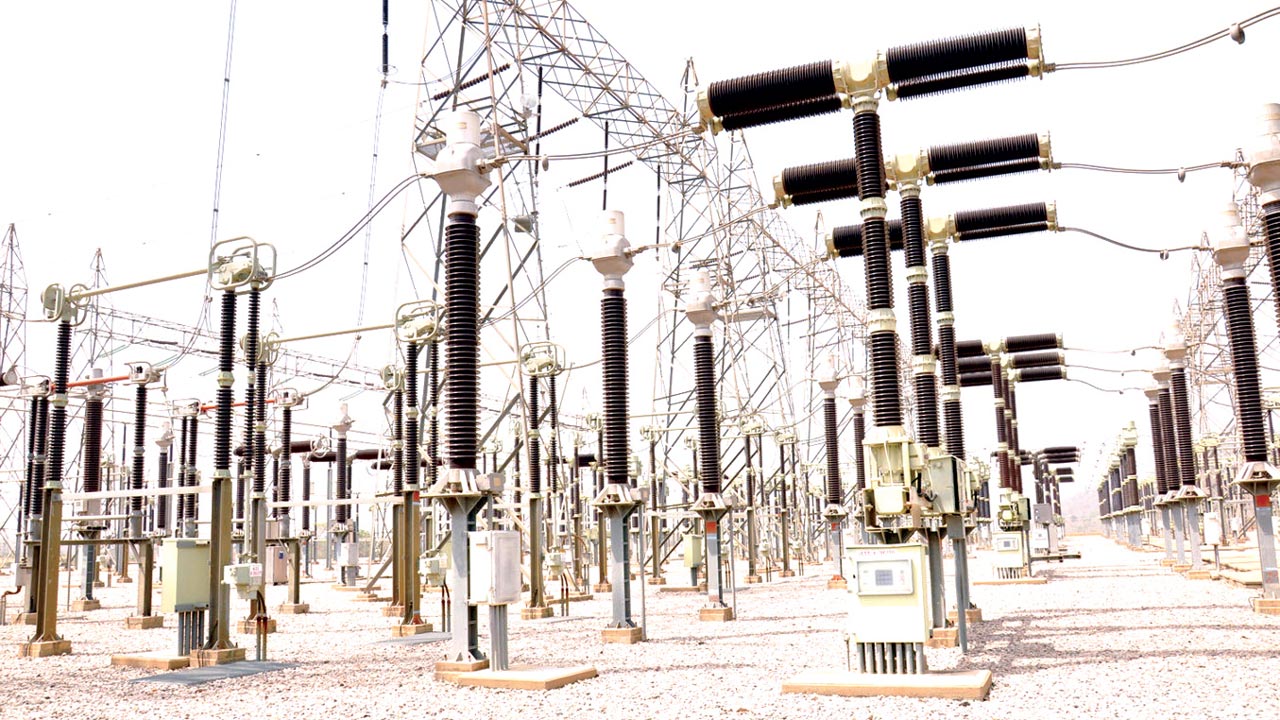- Pension Assets Hit N7.8tn, FG to Clear Outstanding Obligations
The National Pension Commission (PenCom) has put the net asset value of the contributory pension scheme (CPS) at N7.779 trillion as of February 28, just as it said that N54 billion released by the federal government last year would boost efforts aimed at clearing outstanding pension liabilities, especially the accrued rights of retiring government employees for 2017 and 2018.
The acting Director General of PenCom, Mrs. Aisha Dahir-Umar, who disclosed this at a workshop organised by the commission for journalists in Uyo, Akwa Ibom State, said the commission had in the past one year recorded a significant increase both in assets and the number of registered contributors.
Dahir-Umar, who was represented by the commission’s Secretary and Legal Adviser, Mohammed Sani, said in terms of assets growth within the period, the commission recorded an additional N270 billion in net assets from N7.52 trillion in December 2017 to N7.779 trillion by the end of February.
According to her, the number of pension contributors under the scheme also increased by 390,000 from 7.50 million in March 2017 to 7.89 million contributors as of December 2017 and 7.90 million last February.
She attributed the growth in both assets and number of contributors to new contributions received by the various Pension Fund Administrators (PFAs) and the interest/coupon rates from fixed income securities and net realised/unrealised gains on equities and mutual/fund investments.
She spoke on efforts being made by the commission to ensure further growth saying: “The commission is intensifying efforts at ensuring the provision of the necessary infrastructure for the launch of the micro-pension scheme, in line with its strategic objective of expanding coverage of the CPS to the underserved sectors.
“This is a major kernel of the strategy for expanding coverage of the contributory pension scheme.”
She assured her audience that the guidelines for the micro pension scheme were being finalised, preparatory to the commencement of the scheme.
Also speaking on the multi-fund structure recently introduced by the commission, Head of the Investment Supervision Department of the commission, Ibrahim Kangiwa, said after the regulations on investment of pension fund assets were amended and released to pension fund operators on April 18, 2017, the new regulations took immediate effect, except the implementation of multi-fund structure for RSA funds.
According to him, this was delayed to allow adequate public sensitisation on the issue.
He highlighted the objectives of the multi-fund structure as enabling better matching of pension assets and liabilities, and the diversification of pension fund portfolios as minimum limit assets for aggregate investment in variable income securities.
The multi-fund structure is aimed at encouraging PFAs to take on more risks in their investment activities.
Following the huge losses incurred during the stock market crash in 2008-9, PFAs in the country became risk averse, preferring instead to invest the bulk of retirement savings in government securities.
Under the multi-fund structure, retirement savings will be deployed in a scheme comprising four baskets of investible funds, according to the age bracket of the pension contributor.
Under the scheme, young savers will be tagged under fund one, the middle-aged savers, tagged fund two, elderly savers, tagged fund three, and the retired saver tagged fund four.
With this, the PFAs will be able to deploy contributions depending on the age of the contributors such that young savers’ funds could be invested in assets classes more aggressively, relative to other fund types, and will target riskier assets with potentially higher returns.

 Naira4 weeks ago
Naira4 weeks ago
 Naira4 weeks ago
Naira4 weeks ago
 Travel4 weeks ago
Travel4 weeks ago
 Jobs4 weeks ago
Jobs4 weeks ago
 Naira4 weeks ago
Naira4 weeks ago
 Naira3 weeks ago
Naira3 weeks ago
 Investment4 weeks ago
Investment4 weeks ago
 Travel4 weeks ago
Travel4 weeks ago




























